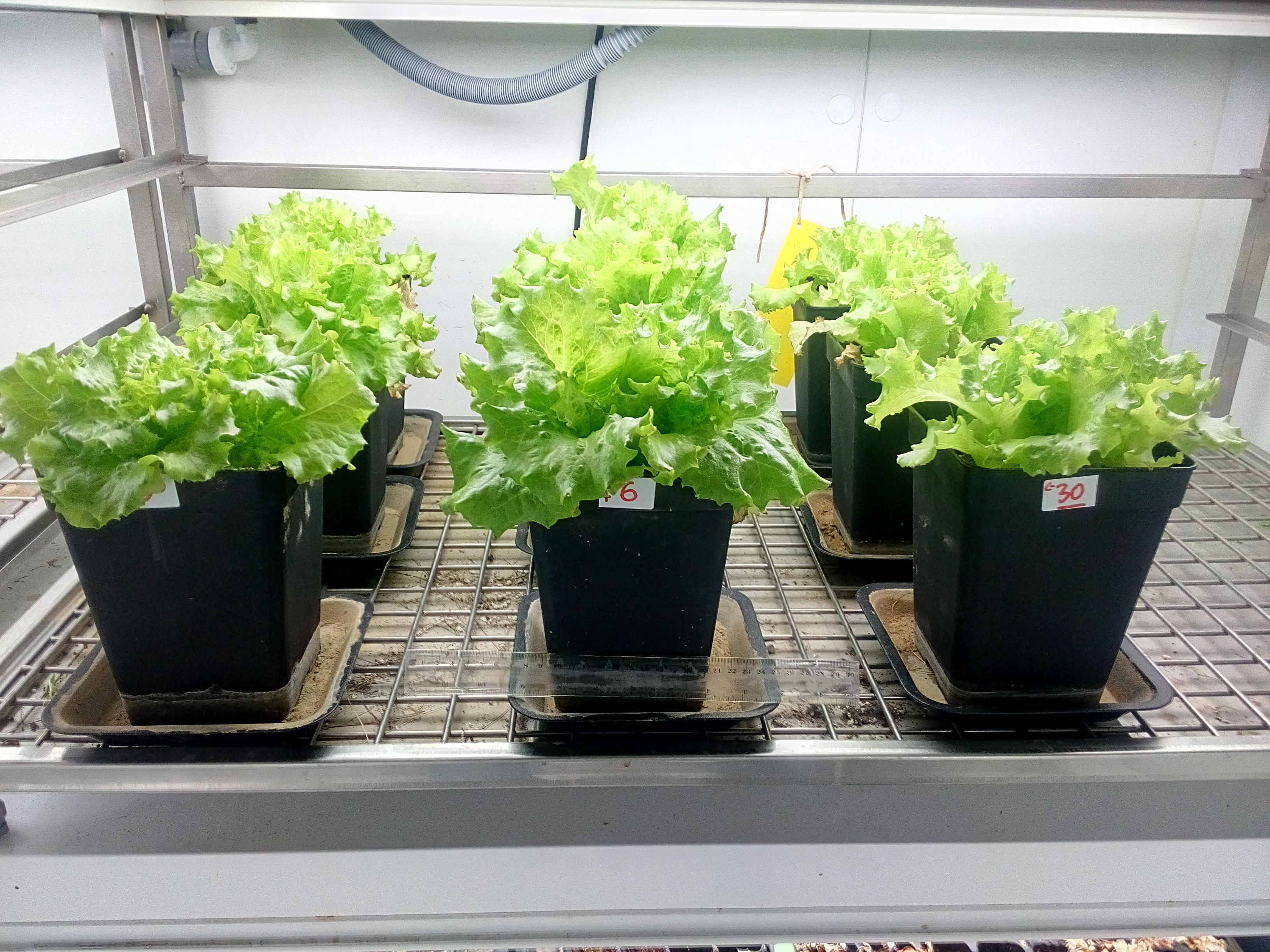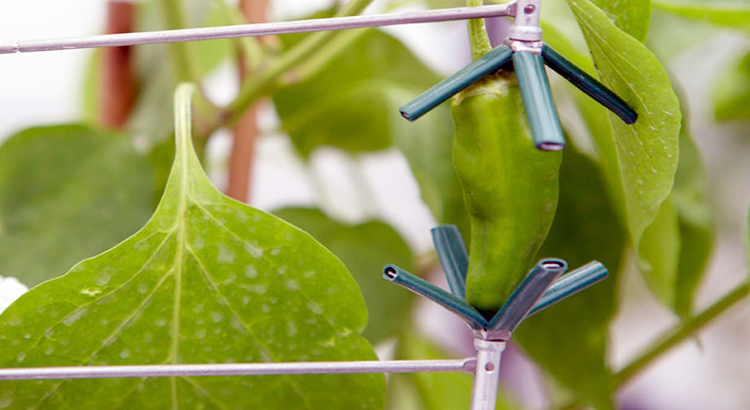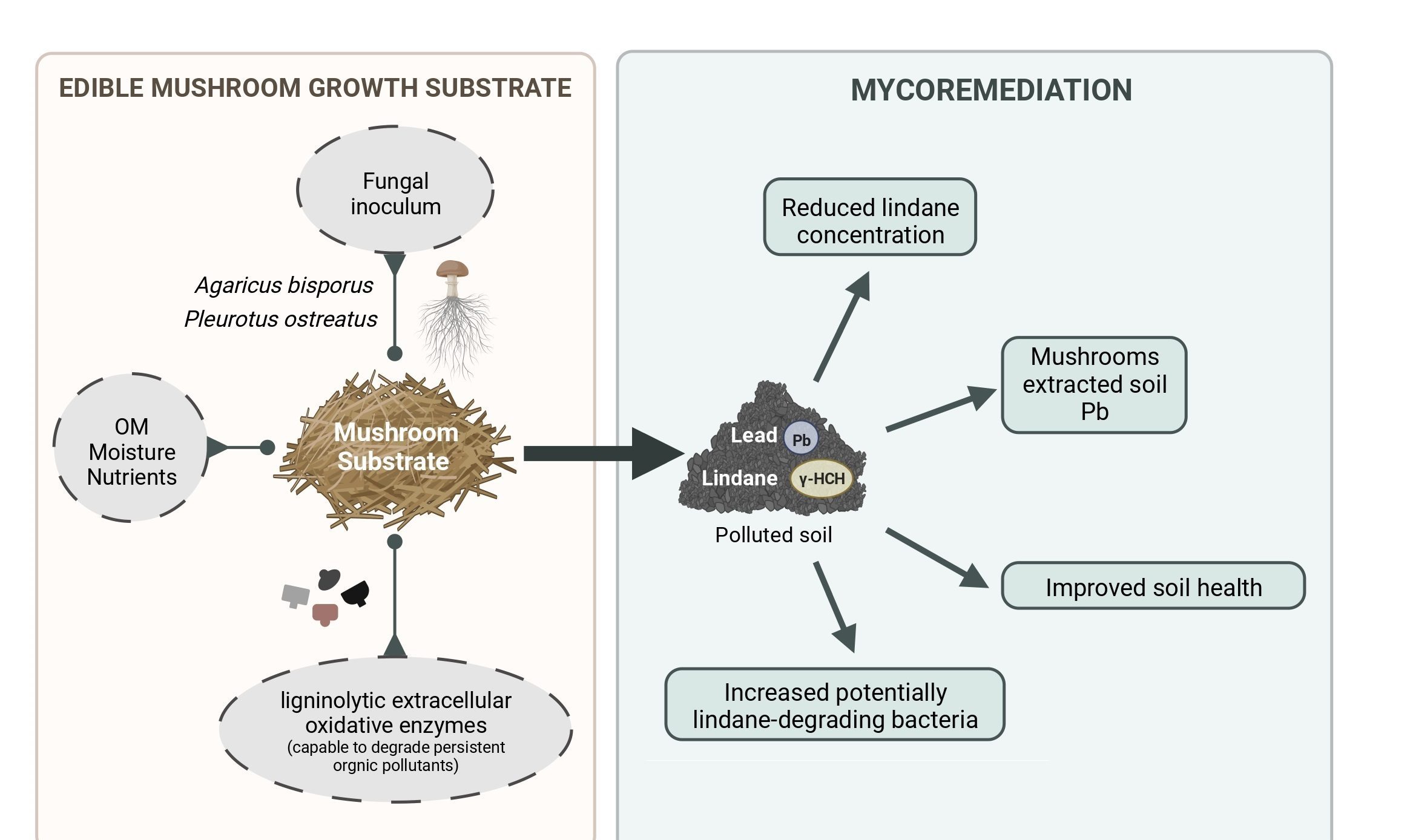Authors: Leire Jauregi, Lur Epelde, Itziar Alkorta, Carlos Garbisu
Journal: Frontiers in Veterinary Science
Date: 2021
https://doi.org/10.3389/fvets.2021.633858
The application of organic amendments to agricultural soil can enhance crop yield, while improving the physicochemical and biological properties of the recipient soils. However, the use of manure-derived amendments as fertilizers entails environmental risks, such as the contamination of soil and crops with antibiotic residues, antibiotic resistance genes (ARGs) and mobile genetic elements (MGEs). In order to delve into these risks, we applied dairy cow manure-derived amendments (slurry, fresh manure, aged manure), obtained from a conventional and an organic farm, to soil. Subsequently, lettuce and wheat plants were grown in the amended soils. After harvest, the abundance of 95 ARGs and MGE-genes from the amended soils and plants were determined by high-throughput qPCR. The structure of soil prokaryotic communities was determined by 16S rRNA amplicon sequencing and qPCR. The absolute abundance of ARGs and MGE-genes differed between treatments (amended vs. unamended), origins of amendment (conventional vs. organic), and types of amendment (slurry vs. fresh manure vs. aged manure). Regarding ARG-absolute abundances in the amendments themselves, higher values were usually found in slurry vs. fresh or aged manure. These abundances were generally higher in soil than in plant samples, and higher in wheat grain than in lettuce plants. Lettuce plants fertilized with conventional amendments showed higher absolute abundances of tetracycline resistance genes, compared to those amended with organic amendments. No single treatment could be identified as the best or worst treatment regarding the risk of antibiotic resistance in soil and plant samples. Within the same treatment, the resistome risk differed between the amendment, the amended soil and, finally, the crop. In other words, according to our data, the resistome risk in manure-amended crops cannot be directly inferred from the analysis of the amendments themselves. We concluded that, depending on the specific question under study, the analysis of the resistome risk should specifically focus on the
amendment, the amended soil or the crop.




